IMS Input Modules: Reference Input Signals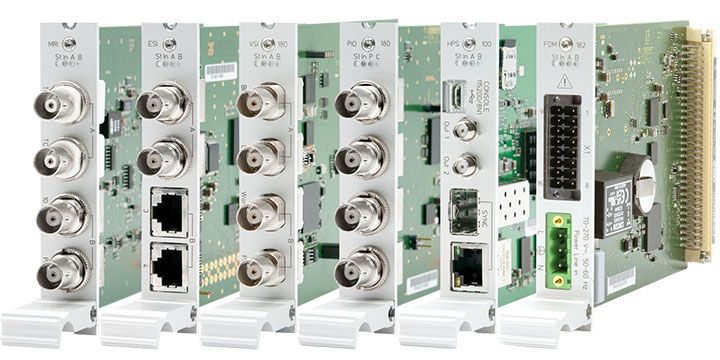
Overview: IMS Input Modules
IMS-MRI
If an application requires the use of external synchronization sources instead of long-wave radio or GNSS signals, an MRI card enables the installed clock module to synchronize to 1PPS, 10 MHz, DCLS and AM time codes (IRIG B, AFNOR, IEEE1344 or C37.118). 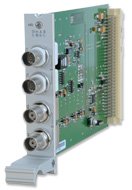
IMS-ESI
ESI - Extended Reference Input
The ESI (External Synchronization Input) card is capable of adding additional synchronization sources to an IMS system. It accepts E1 and T1 sources, both as a Bitstream (2.048 MBit/s / 1.544 Mbit/s, supporting SSM/BOC) or Frequency (2.048 MHz / 1.544 MHz). It also handles a configurable frequency (1 kHz - 20 MHz) and a 1PPS pulse synchronization source, if required. An ESI card is, as the MRI card, dedicated to one specific clock module (depending on the slot it is installed in) and can be installed in both ESI as well as MRI slots. 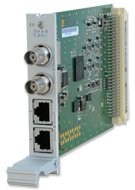
IMS-VSI
The IMS-VSI module is designed to enable broadcasting and production studios to utilize their existing clock generators as a reference source for their PTP master clock for integration in newer IP-based infrastructure such as SMPTE ST 2110, AES67 or Dante networks as they transition towards IP-based production workflows. 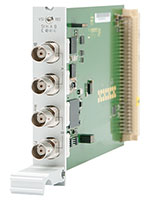
IMS-PIO
Versatile I/O module for output and measurement of PPS and 10 MHz signals
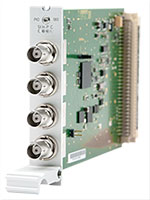
IMS-HPS100
High Precision Synchronization
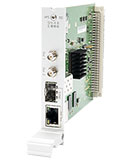
IMS-FDM
The IMS-FDM is used to measure the grid frequency of an input AC voltage for grids with a nominal frequency of 50 Hz or 60 Hz. It also serves to monitor frequency deviations and maintains a "power line time" on this basis. This time of day is kept in relation to the accurate reference time maintained by the IMS system to enable a 'drift' value to be calculated that provides a representation of how the frequency of the input AC voltage deviates over time.
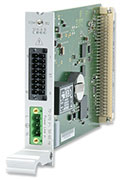
|



